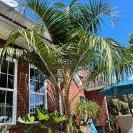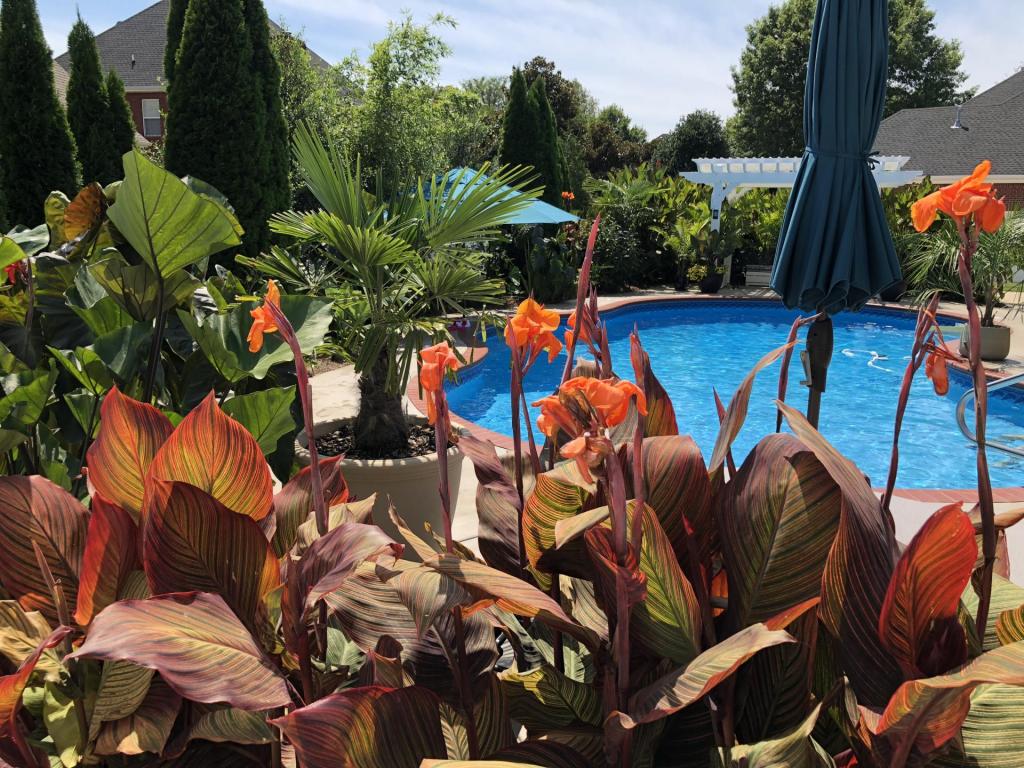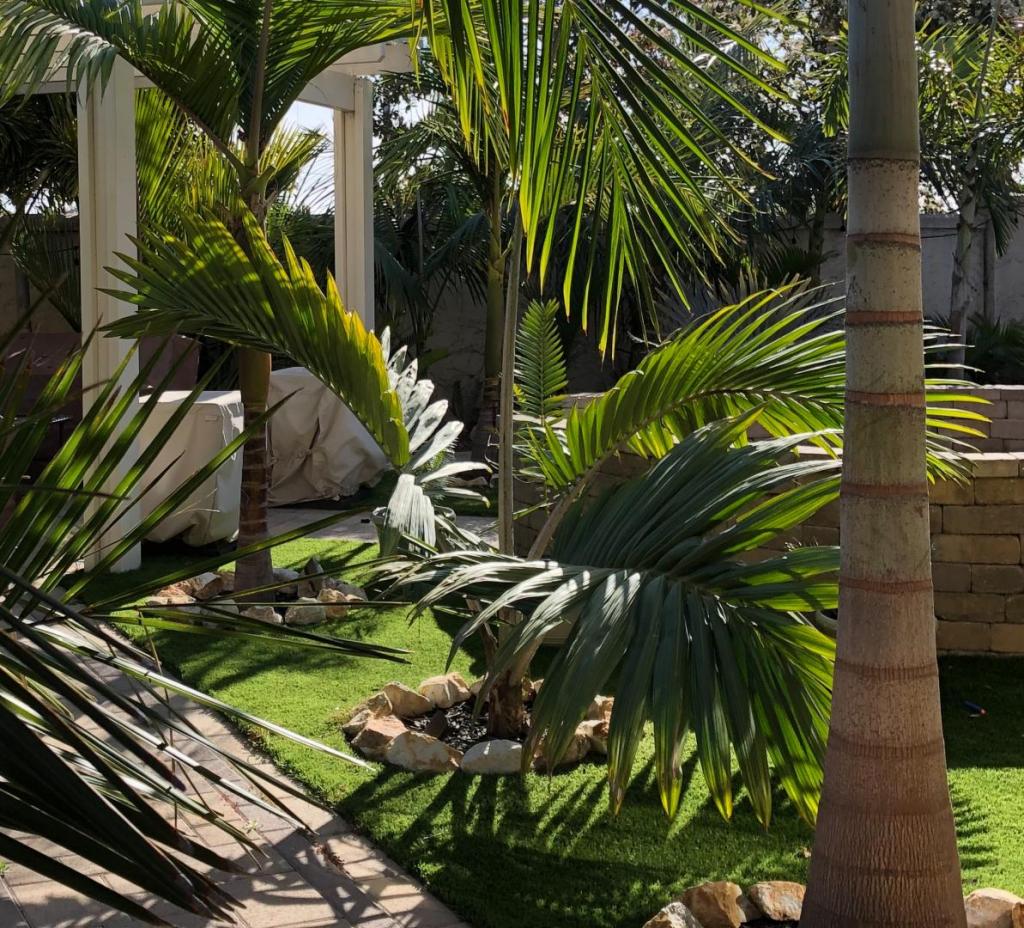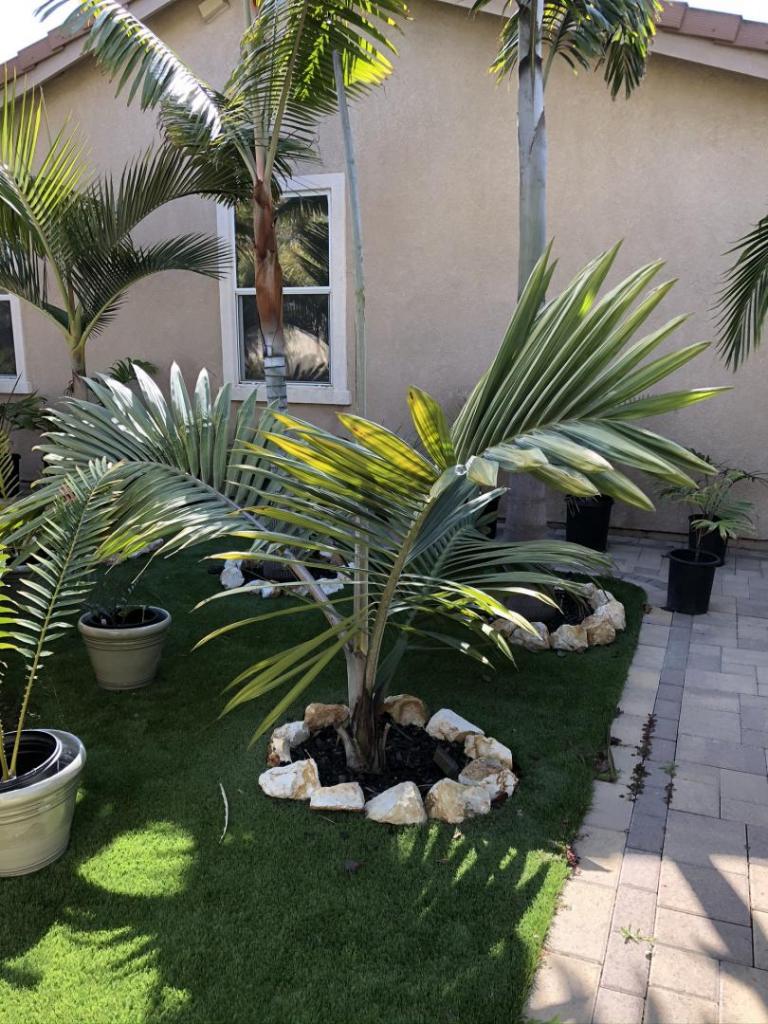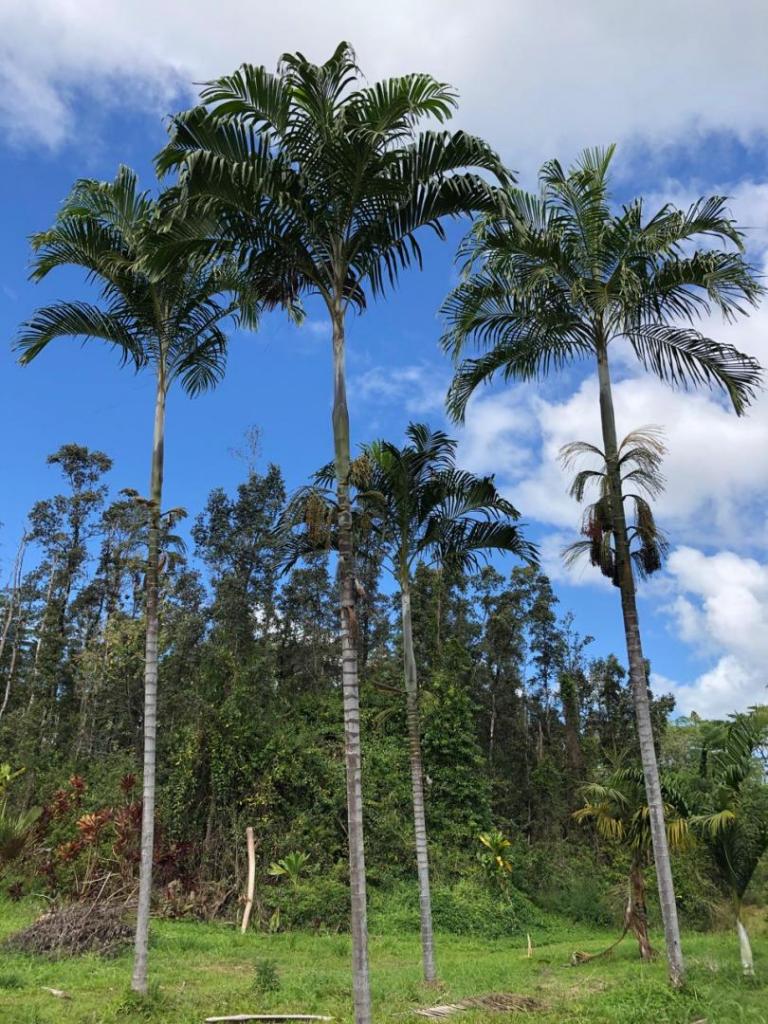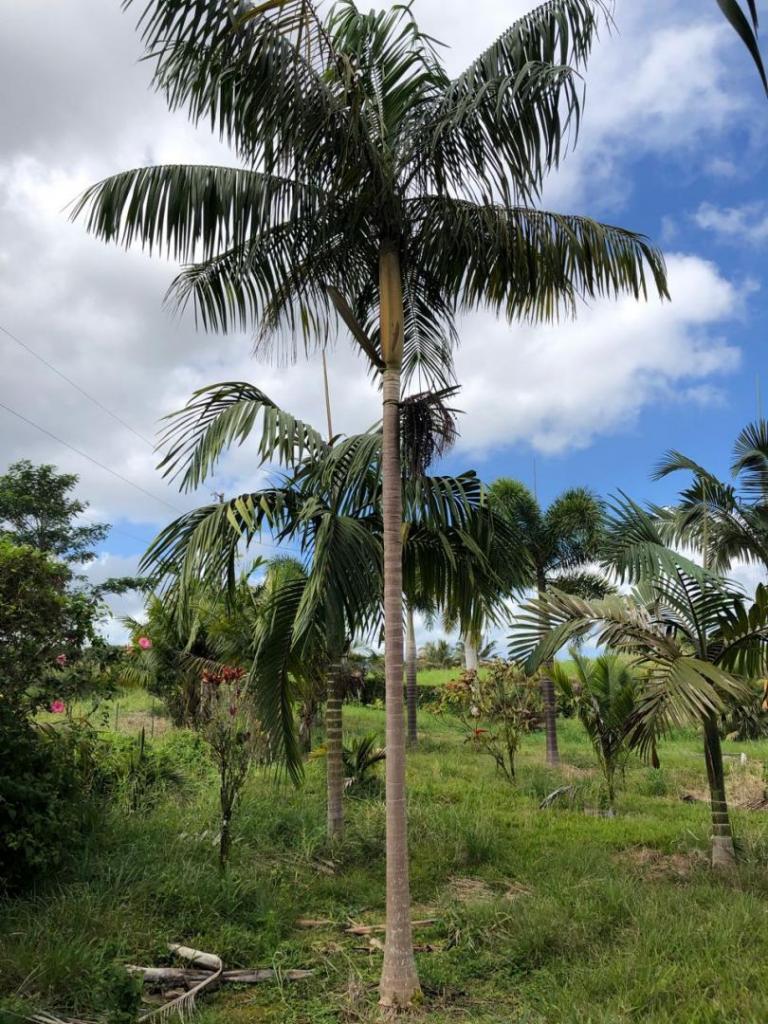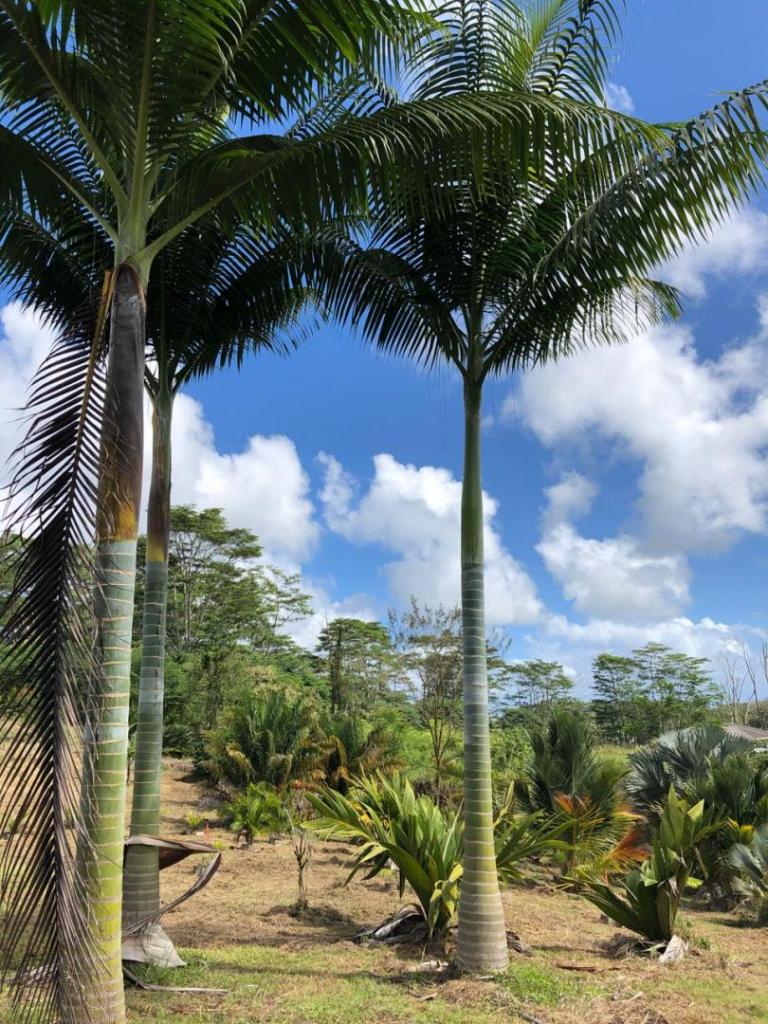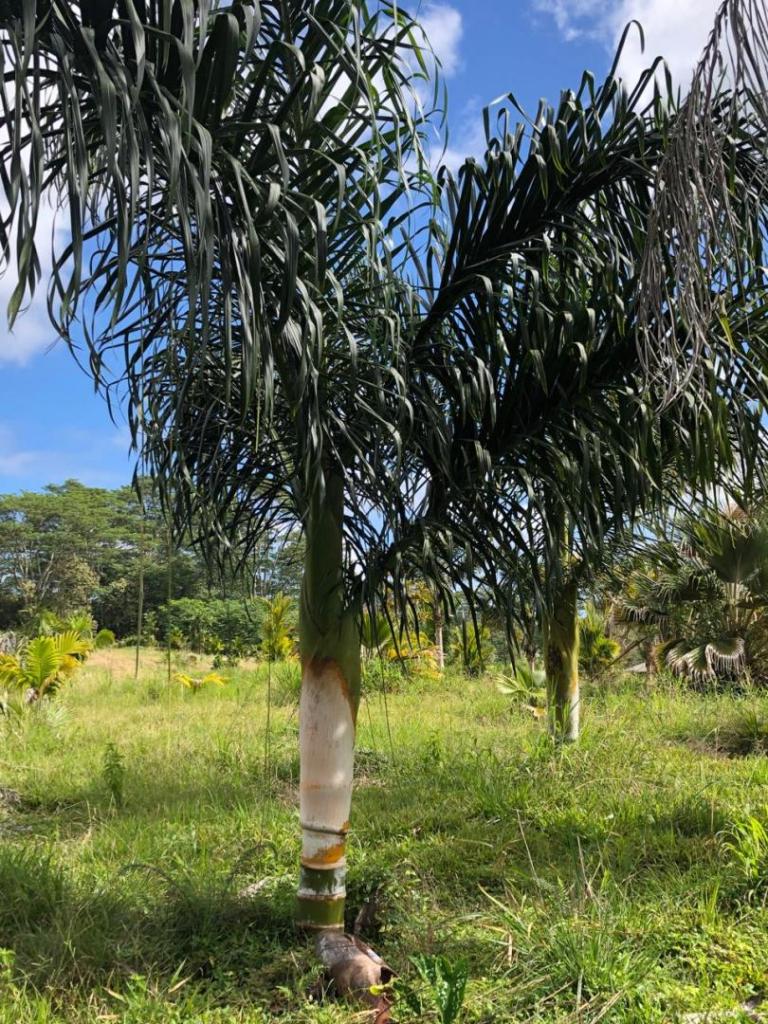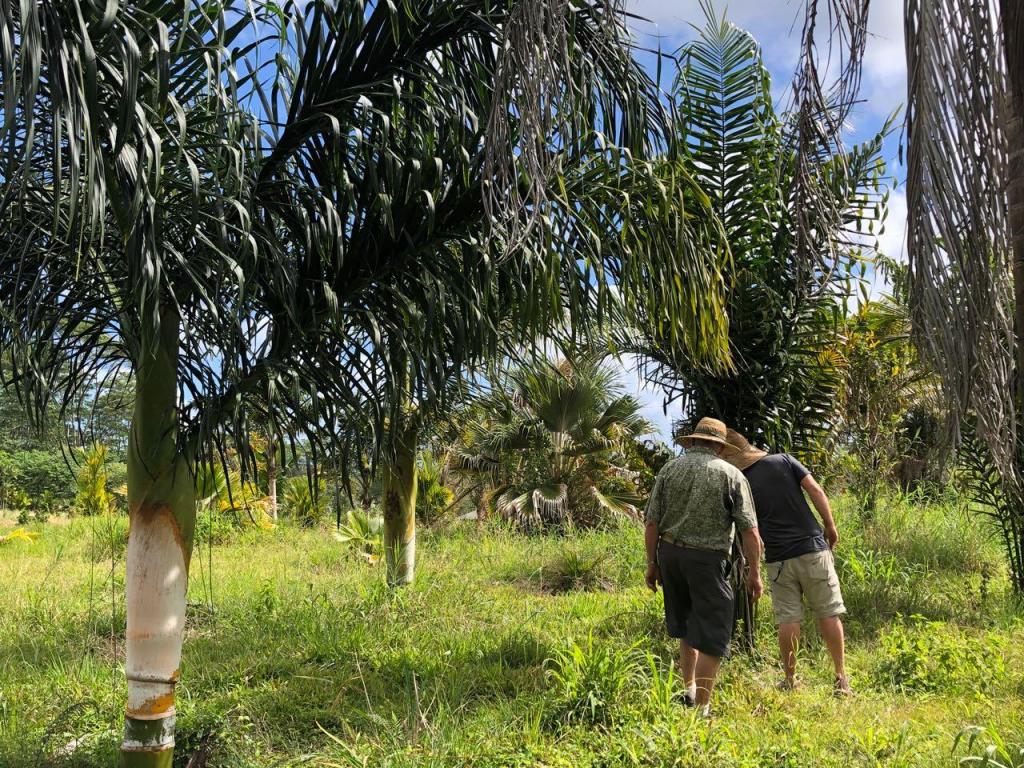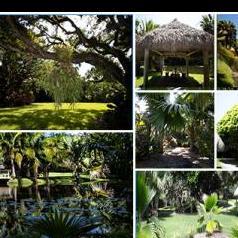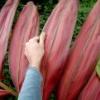Leaderboard
Popular Content
Showing content with the highest reputation on 03/28/2020 in all areas
-
Armatas want heat and love sun. They are medium growers in my experience. These were among my favorite palms when I lived in arizona. At the edges of the day they are still "lit" with color, and the color in some of them is among the most intense power blue blue palms Ive seen along with copernicia hospita. Here are mine 10 years ago when I left. they were 24" box size and in the ground for about 4-5 y ears at this time7 points
-
Cindy Adair's recent topic about a visit to Bornea in 2014 inspired me to go into my photos of an IPS post-tour of the palms of Cuba in 2014. One of the highlights for me was some of the spectacular native Cuban Copernicias in habitat. I'll post some of those photos again because it looks American palm lovers won't be visiting there anytime soon. Holguin, 5/31/14 - Our overloaded chartered plane landed at the Holguin airport where we were met by our made-in-China bus (the US & Cuba have no official trade relations). We set off to look for palms. Copernicia sp Copernicia yarey Moa 6/1/14 - an almost unearthly landscape full of strange, noxious plants. I contracted painful lesions on my hands that plagued me the rest of the trip. But the palms were worth it Copernicia rigida C. rigida and my husband Tim. I returned with C. rigida as my favorite Copernicia. They remind me of my dad's old time shaving brushes. Me gazing at acres of C. rigidas. Our tour group had to walk past an abandoned hobo camp on our way to see these awesome palms. Had the authorities of this Workers' Paradise chased the inhabitants away before our visit? Copernicia Valley - Our bus pulled over to the side of the road and let us out to view a miles-long valley of Copernicias: rigida, yarey, sp and countless hybrids6 points
-
5 points
-
5 points
-
5 points
-
4 points
-
4 points
-
4 points
-
3 points
-
3 points
-
Would agree w/ Tracy, never hurts to try but just don't think any of them would survive here for long unless placed somewhere where they see absolutely no direct sun all summer long, say tucked between a grove of / under the canopy of large Mesquites / Indian Rosewood ( Sissoo ) and get lots of water.. Pretty sure any fronds that reach out into full sun would be nuked almost instantly..3 points
-
3 points
-
I bought this yesterday. I know royals are iffy here but for $200 I couldn’t say no. Especially since my wife’s birthday is Tuesday and this is what she wanted. They have done pretty well in Galveston over the last 30 years a lot of them, including this one survived the hard freeze of Jan 2018. Living on Galveston bay my temperatures on the cold winter nights is typically only a degree or two colder than Galveston but with more day time heating, so again. Worth a shot. The guy that sold it to me referred to it as a Cuban royal (roystonea regia). I’m not sure if that’s accurate. I don’t have a lot of experience with roystoneas, but the regias I’ve seen even in smaller pots had fatter trunks and longer leaves. I guess this could be stunted from being in the pot for too long. He said he’s had it there for 3 years. But I’ve read that regias have black specs on the petioles which this doesn’t. Any ideas?2 points
-
2 points
-
I never understood this mentality...I don't prune thing til it's completely brown.2 points
-
Not to derail the post, but when I was doing basic training for the US Army, while stationed in FT. Ord, Monterey CA.... Some one started a rumor that this moss/lichen growing on the scrub oaks on post, would get you high, if you smoked it... The next day, half the company was in the infirmary sick .... Remember, this was in 1968... A bunch of 18yr olds, the 1st time away from home, on lockdown because of meningitis, and no access to alcohol..... No excuse... these guys were just idiots.... Sorry about the hijack.. This post just brought up an old memory.. Butch2 points
-
Thanks guys and seriously love “nuked almost instantly”. I need that on a t shirt!2 points
-
Try it so that you can say you have tried. Maybe if you give it enough shade and continual mist spray you might be successful. I would be surprised, but until there are several failures, it's not fair to rule it out absolutely. That is unless you consider the financial cost of experimenting and time if you have limited real estate.2 points
-
2 points
-
2 points
-
My guess is. On the right left is around 1.5 years old and on the right 3 years I have some right in the middle to you at 2 years2 points
-
2 points
-
I love the wide long leaflets on these palms. These should be more widespread in 9b+ florida. I have 3 large overhead from Ken Johnson in 2011 early spring 2011 and one planted as 3 gallon seedling 6 months earlier. The seedling was fried in dec 2010, but the spear as intact. The KJ palms were slow at first and had 1-3' trunk. They kind of sat there and developed roots for 2 years while putting out ~2 leaves/yr at first. Here is the smallest one of kens delivery of (3), I'd say its ~25' overall, 11-12' trunk and its seeding for the second time. The fruits are red when ripe but these are just starting to form. This palms has about 11-12 clear trunk. I have two other Ken Johnson KO's that are larger and in the upper jungle canopy making them tough to photobraph. Id estimate they are a bit under 30' tall overall but it tough them being that high up and no clear distant view. When i look over the house from the street they appear to be 3-4' taller than the one pictured here. These have 13-15' clear trunk. Last is the one I planted from a seedling, it was in a high drainage spot at first, after a few years the little one started to grow. These past two years have been good years for the little one which only sees 3-4 hrs of direct sun. the spears on these palms are huge compared to my 3 species of mature archies(max,alex,myola). the wide long leaves catch peoples eye. Its the palm the uninitiated visitors ask about most "what is that"? First is the little one planted as a seedling. second the beginning of fruits, third is my 3rd largest that started with 1' clear trunk. Sorry about the bending trunk, ha to use a wide angle to get it all in.. If you look just to the left of the KO in the forefront you can see the crownshafts and ringed trunks of the other 2 lrger ones.2 points
-
2 points
-
1 point
-
About a month ago, Hilo Jason and I visited Mike Merritt and took a tour of his palm garden. PRA = Palm Related Activity. Mike's place is upslope of Hilo and all of his hard work over the years is really paying off. He's got some impressive, unusual specimens on a nice chunk of old sugarcane land. Mike, Jason, you'll have to remind me of the acreage, that number went in one ear and right out the other. It did take three hours to scout through the garden on what was a warm humid day. Mike's got a mind like a steel trap and knowledge of his inventory is impressive including his Copernicia, which are relatively uncommon here in east Hawaii. Mike, Jason, feel free to add any comments as I'm just going to post palm pics and ID's. Tim Copernicia hospita1 point
-
I’d say Regia and stunted from pot growth. Once in the ground with the summer heat and water, watch her fatten up quickly! Also, Roystonea are tougher than you think! Mine have seen 25f with about 50% burn over all but you wouldn’t know it by mid summer. They pump out new growth!1 point
-
1 point
-
My friend is remodeling his garden and despite my begging to keep the palms, he's pretty set on removing them. He'll be replacing everything with boxwood and frilly annuals . He's already removed a Philodendron selloum with about 5 feet of trunk which i was able to salvage. So without much ado, these are FREE to anyone who'd be willing to come to Fresno to dig and take them away. They'll end up getting chain-sawed if there are no takers1 point
-
The big problem is that most of these palms are located out in the hinterlands and our group of Americans and Australians was watched and babysat constantly by "guides/commissars" who made sure it stopped only when and where they wanted and that we had minimal to no contact with Cuban citizens. I doubt any American would be allowed to drive and travel at will into the countryside. Europeans can travel around and stay at private B&Bs but we had to stay/eat at gov't approved/run restaurants or hotels. The guides made sure we spent each morning on the road, at which time the head commissar would regale use with propaganda, I mean "history", of US oppression of Cuba going back to the mid-1800s, Including how the US Navy blew up its Battleship Maine in order to start the Spanish-American War. Actually, neither side blew up the Maine. The explosion was a tragic accident.1 point
-
1 point
-
Couldn’t hurt to try! I would say filtered or morning sun only and north facing. Probably would survive, may not look the prettiest? I think a good majority of palms can survive here in Phoenix with enough care on planting location and water. Will it thrive, or limp along? That’s the question.1 point
-
1 point
-
There is a large, beautiful Caryota mitis in La Quinta, California, near Palm Springs. In full sun, next to the now-famous La Quinta coconut. I posted a picture of it in the recent thread on that coconut. It should be no problem in the warmer areas of Arizona as long as freezes are not too hard. The clustering species are very good at recovering from reasonable freezes, even if they are frozen to the ground. And if it is cold that is an issue, I can tell you that Caryota monostachya was cold-hardier for me than C. mitis. I grew both in Natchez, Mississippi, a 9a location which suffers from long, wet hard freezes in the teens from time to time. It suffered a terrible 13F freeze in 2018 and the C. monostachya did return. The C. mitis was wiped out I think in the 2010 freeze (to 18F). The only issue with C. monostachya would be to see if it is as sun-hardy as C. mitis in the low desert.1 point
-
1 point
-
Great looking KO @Cape Garrett. I love this species. Mine is much smaller than yours but I am loving it. Not putting on much height just yet but the new leafs are incredibly large when they open up. Mine always has a lot of blue in it and also some yellow when they open. Below is a couple different angles and different lighting.1 point
-
Cool photos. And why they are nicknamed "Caribbean Bottle Palm"1 point
-
1 point
-
1 point
-
As a geologist, I say go for some Metamorphic juxtaposition! Find yourself a nice big pink Glacial Erratic composed of Sioux Quartzite. It will stand out due to size and color and all of your neighbors will be all "WTF? Where did he even get that?!?"1 point
-
We are under martial law in Guatemala. I am not able to visit my beach garden. I rarely post photos from my highland garden because it’s difficult to get decent photos. Inside my garden walls life continues as before. I am grateful that I have a large garden to escape from the real world . Group photo, Nypa, Neoveitchia Licuala sumawongii Joey altifrons1 point
-
Anybody heard from Ken lately? I haven't seen anything offered on Ebay as of late.1 point
-
1 point
-
1 point
-
1 point
-
1 point
-
Sad I lost my YY due to a lightning strike. Since I was 20ft away and experienced whiteout I was lucky I was not electrified1 point
-
1 point
-
Phil, Cuba and the Canary Islands were one country (Spain!) until the end of the 19th century. Boat connections were continuous and I am sure royals were repeatedly introduced to the different islands of the archipelago. On the other hand, I have cruised twice roystonealand in Eastern Cuba, hunting for the lost (?) R.stellata and I think that none of the narrow endemic Roystonea species looked so colourful... but maybe it was just the wrong time of the year? Look at these, they are some of the oldest roystoneas on the islands. Other early inroductions have already died of age. The "twin" roystonea of Argual, on the island of La Palma. Carving on the trunk, dating 18811 point


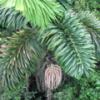
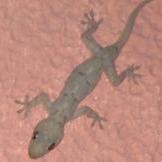

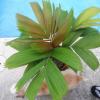










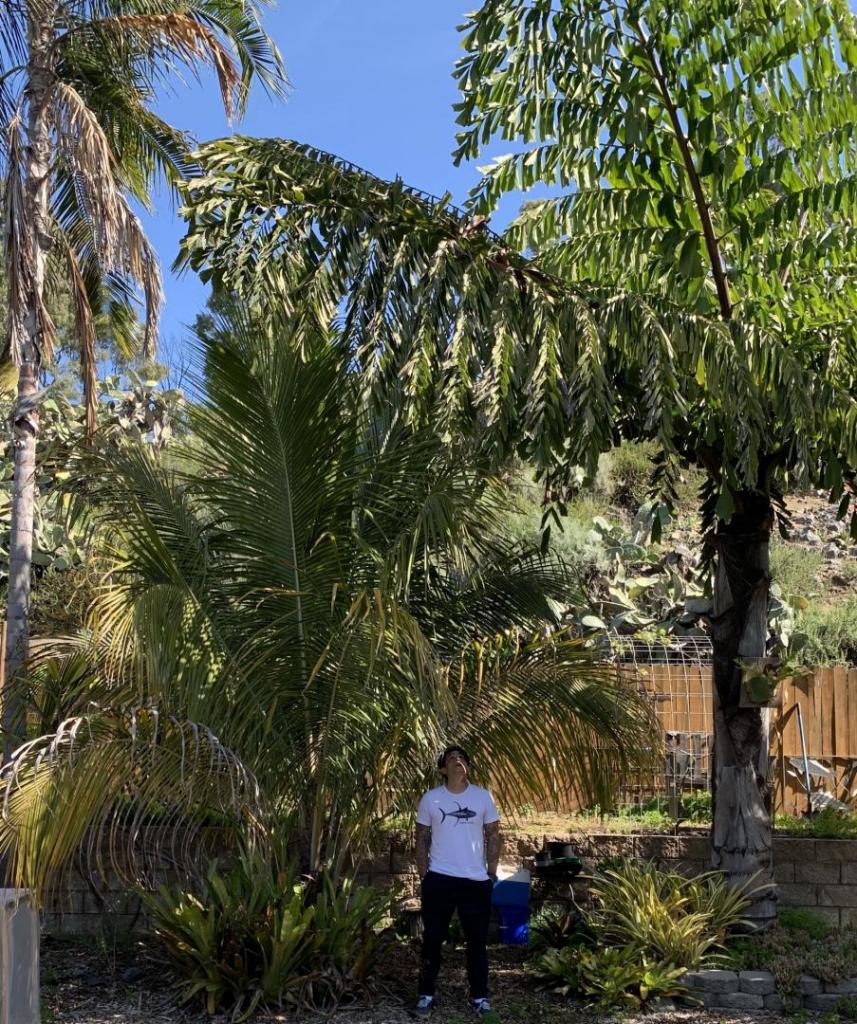
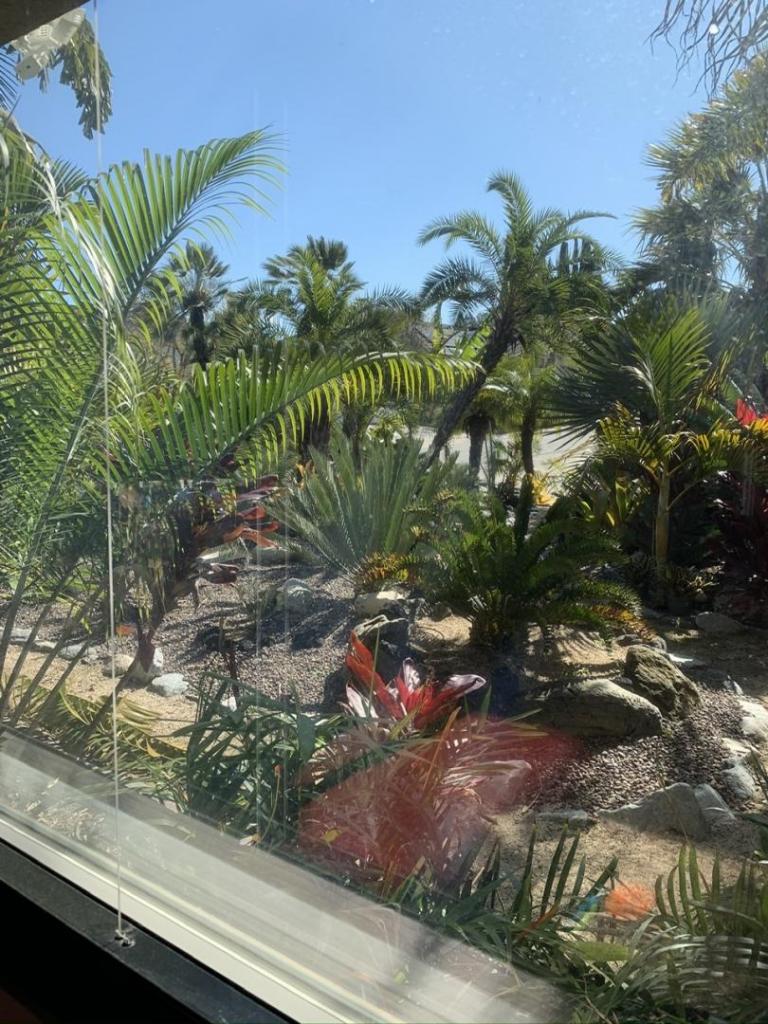
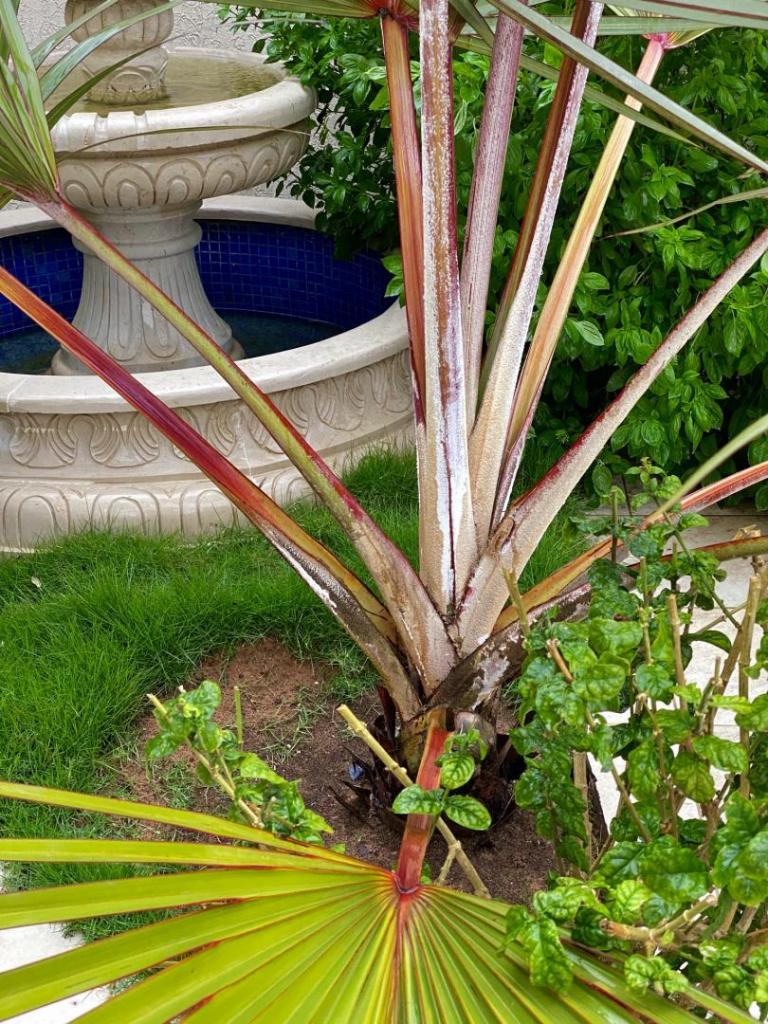

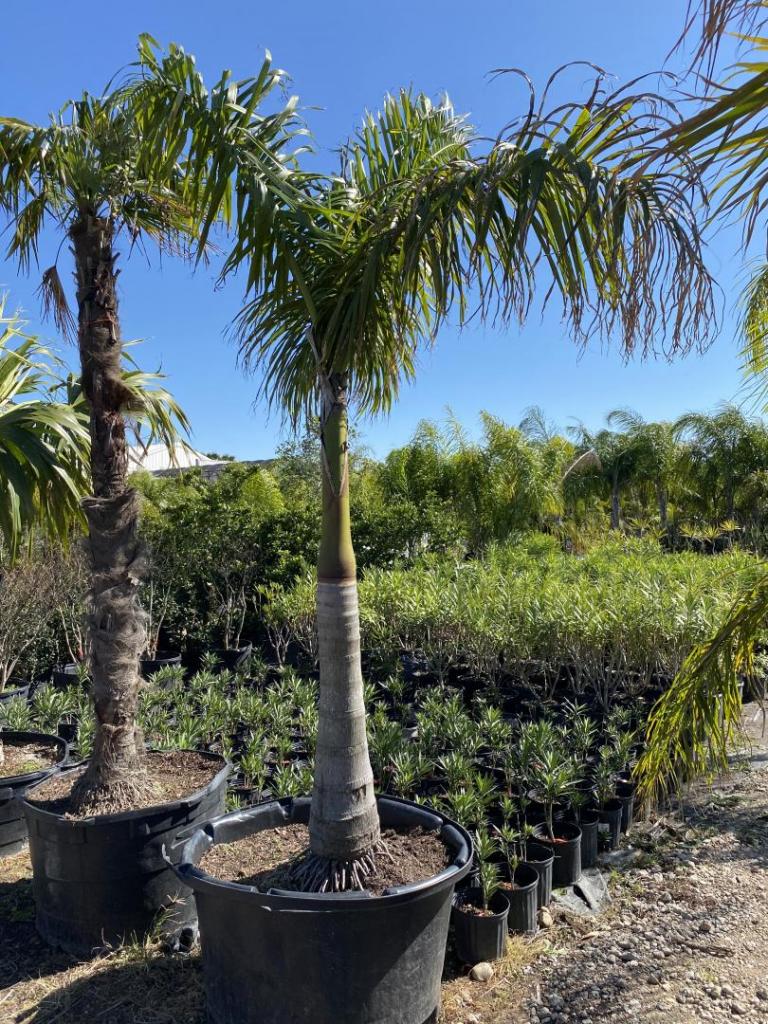
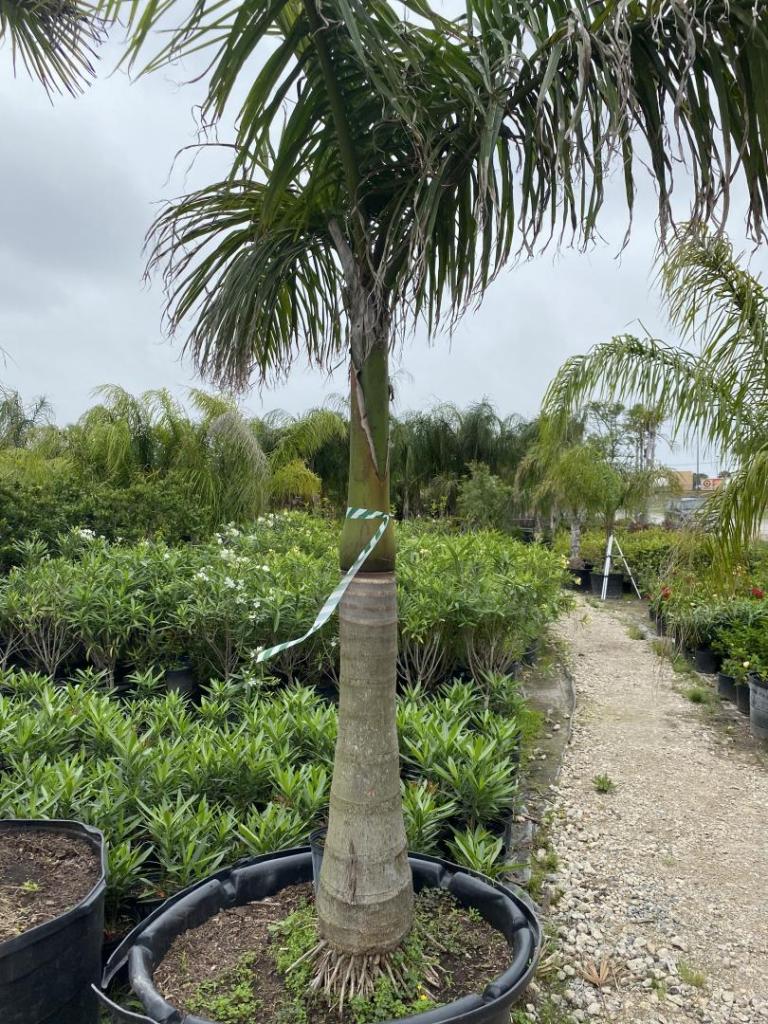



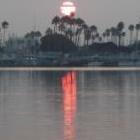



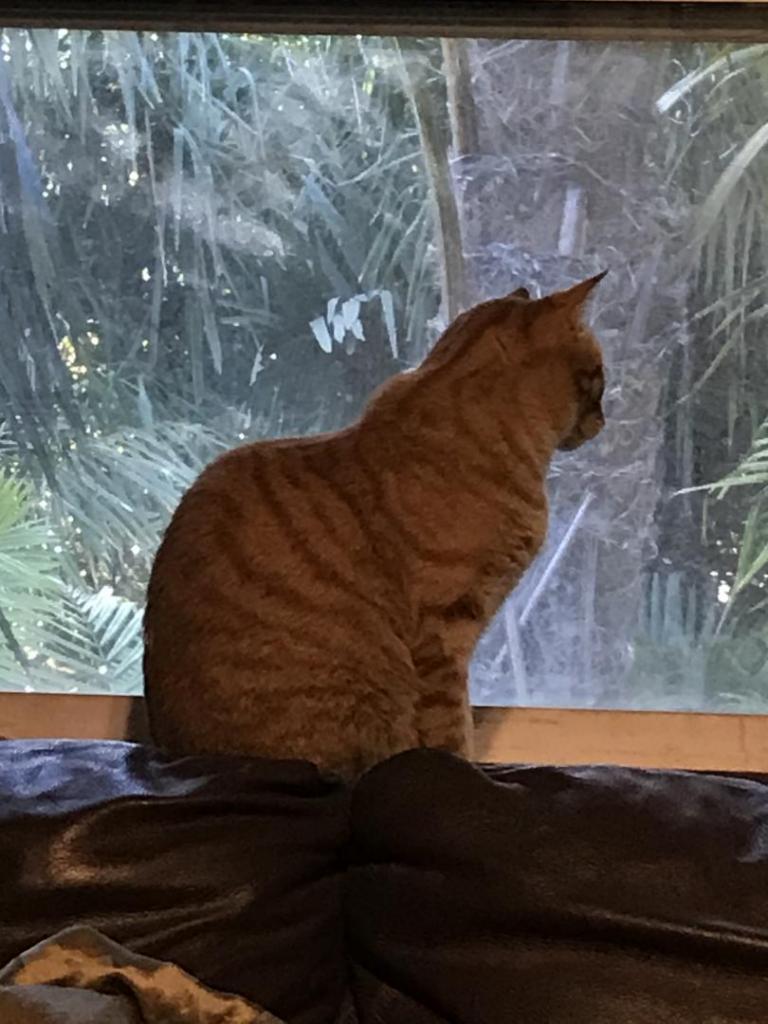
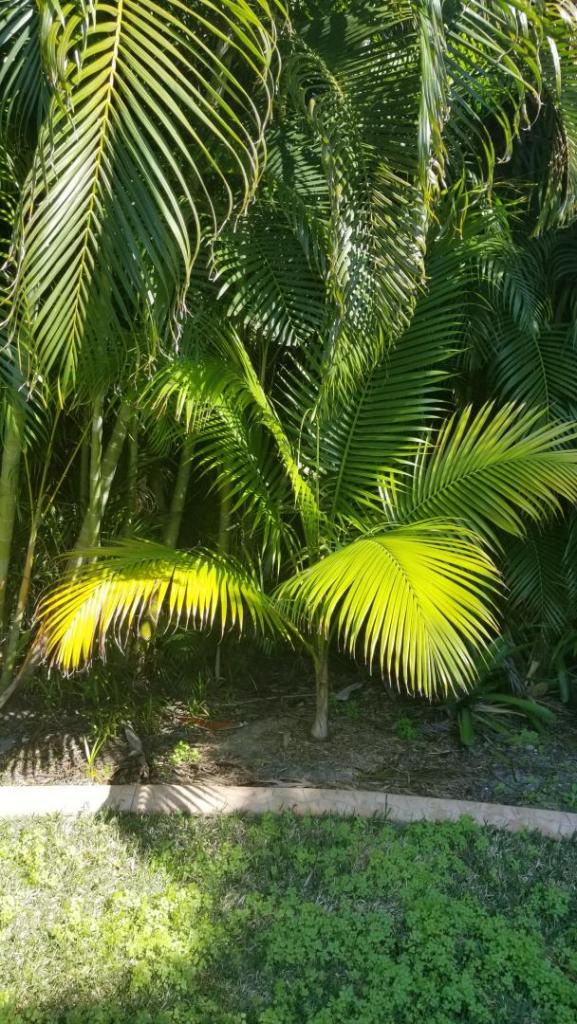
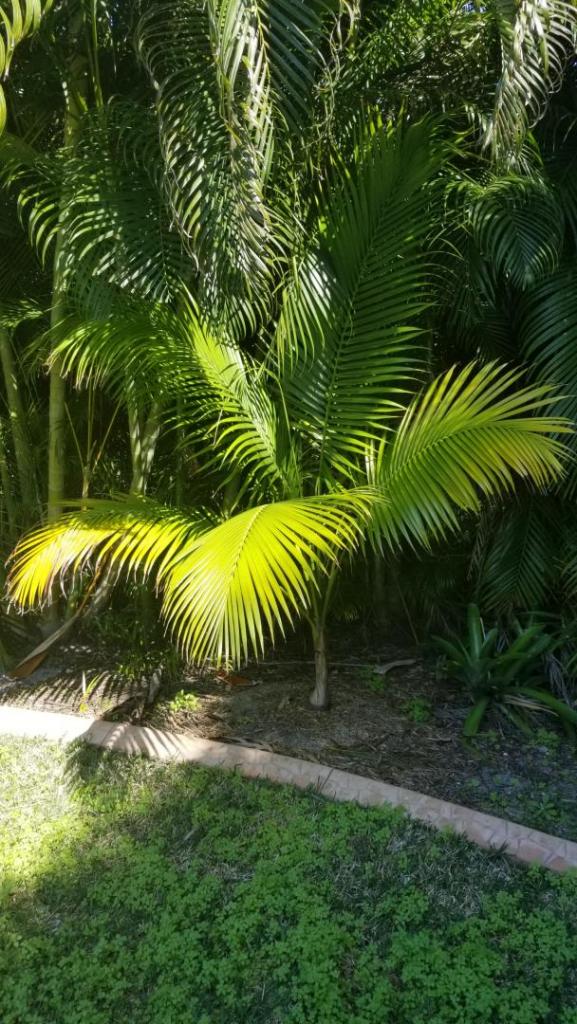




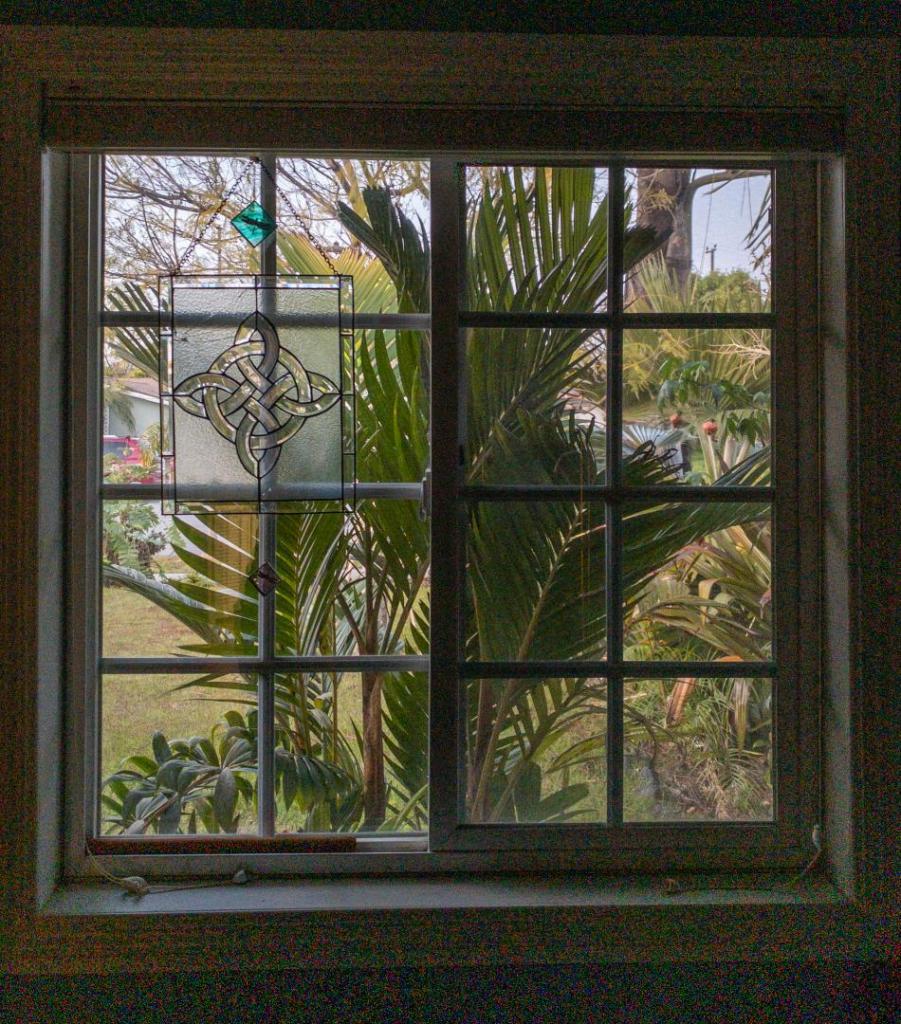





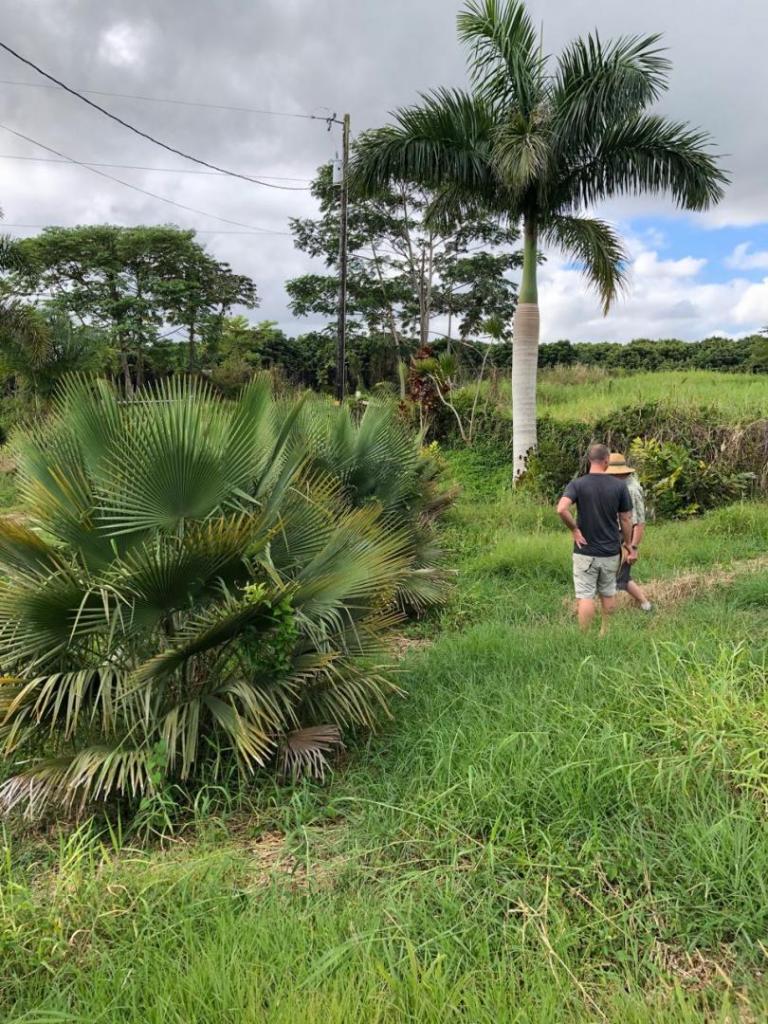
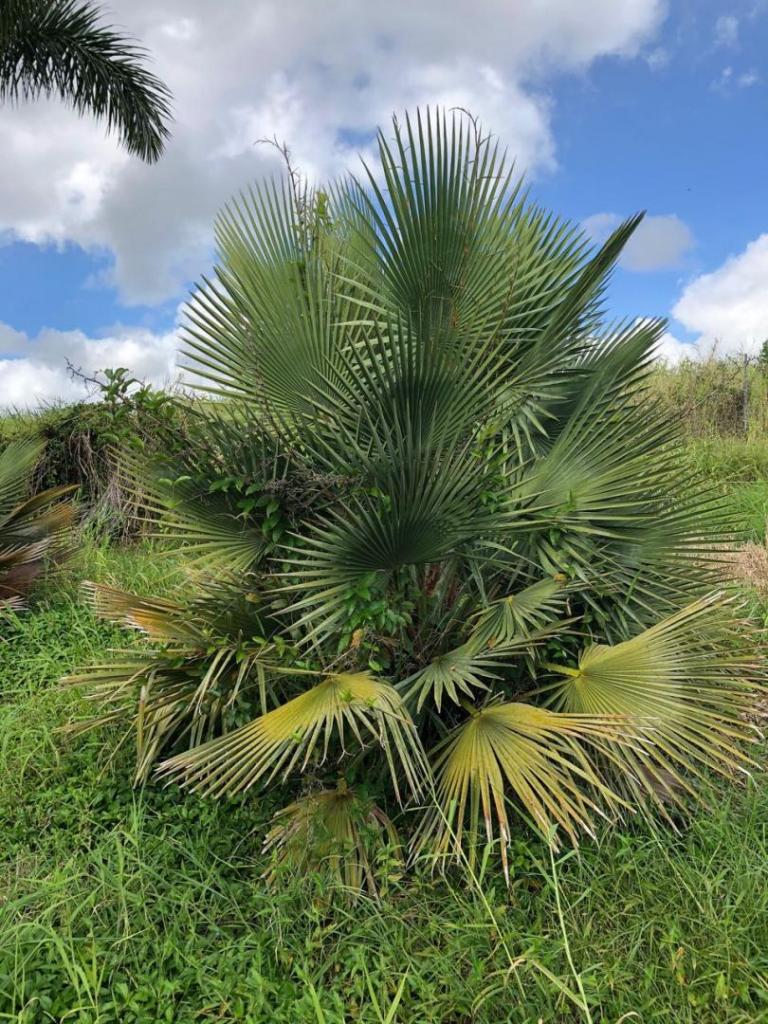

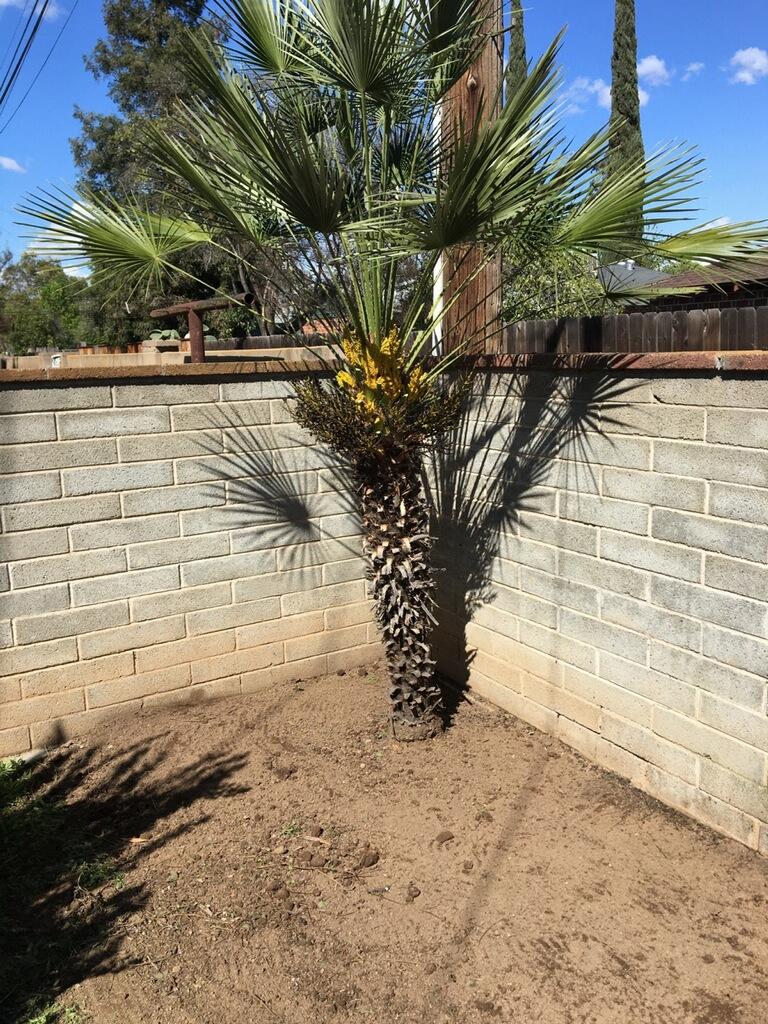
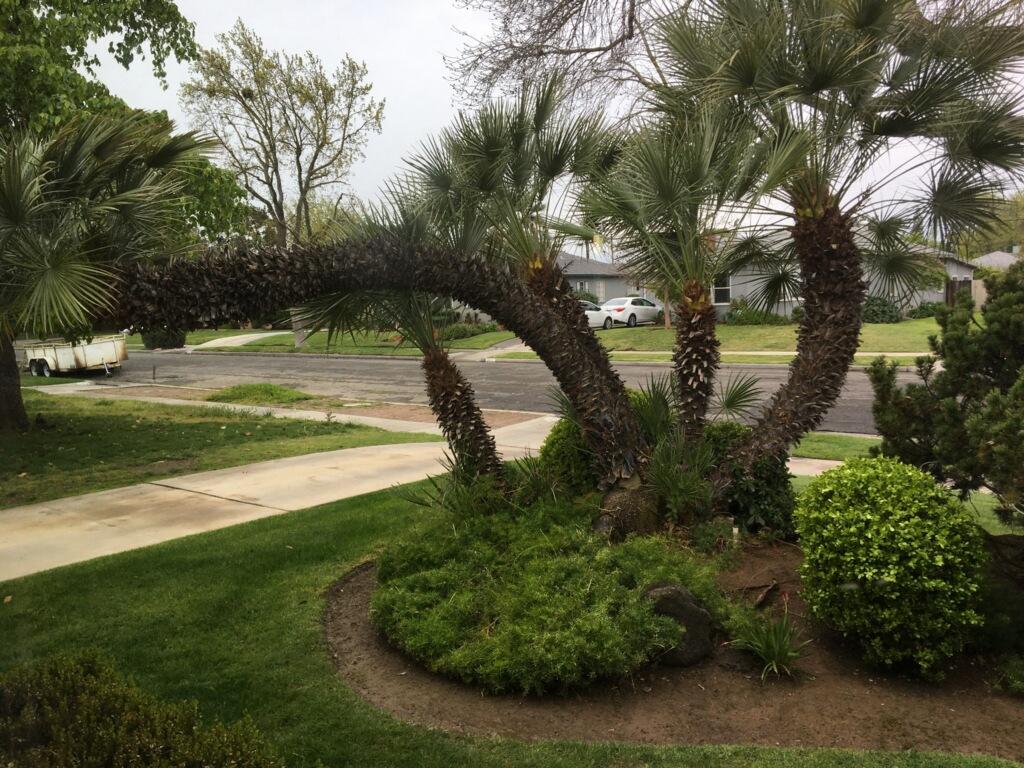
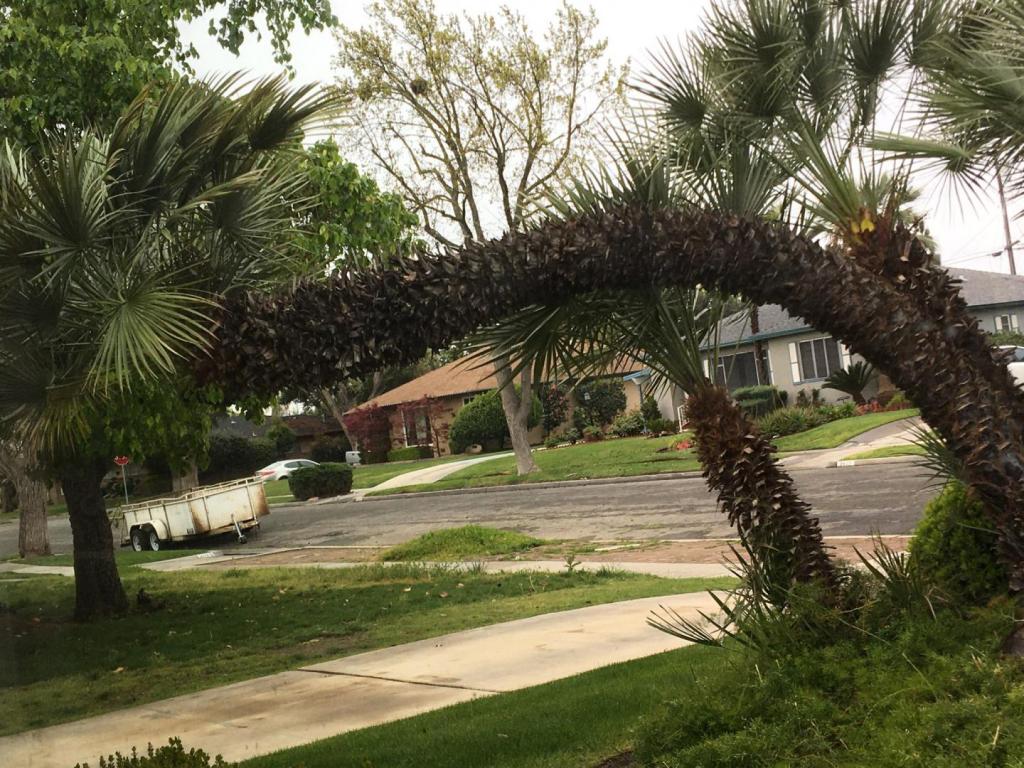
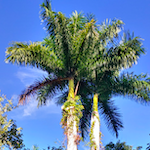
.thumb.png.0b8b96744567641e19bfc8826caadb72.png)
